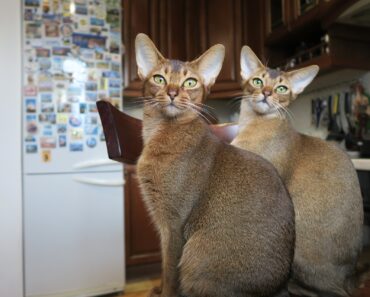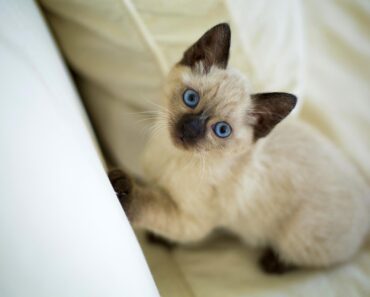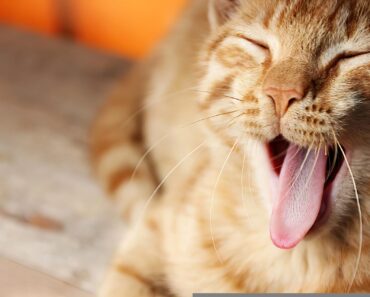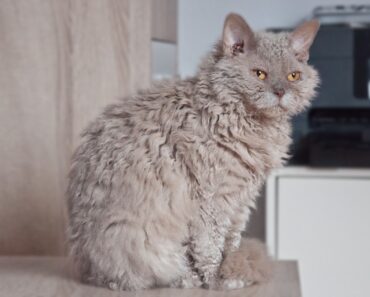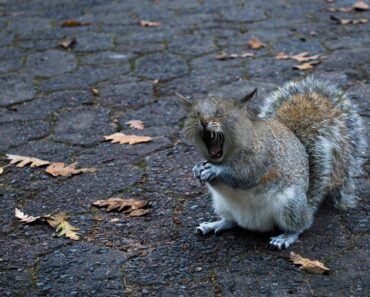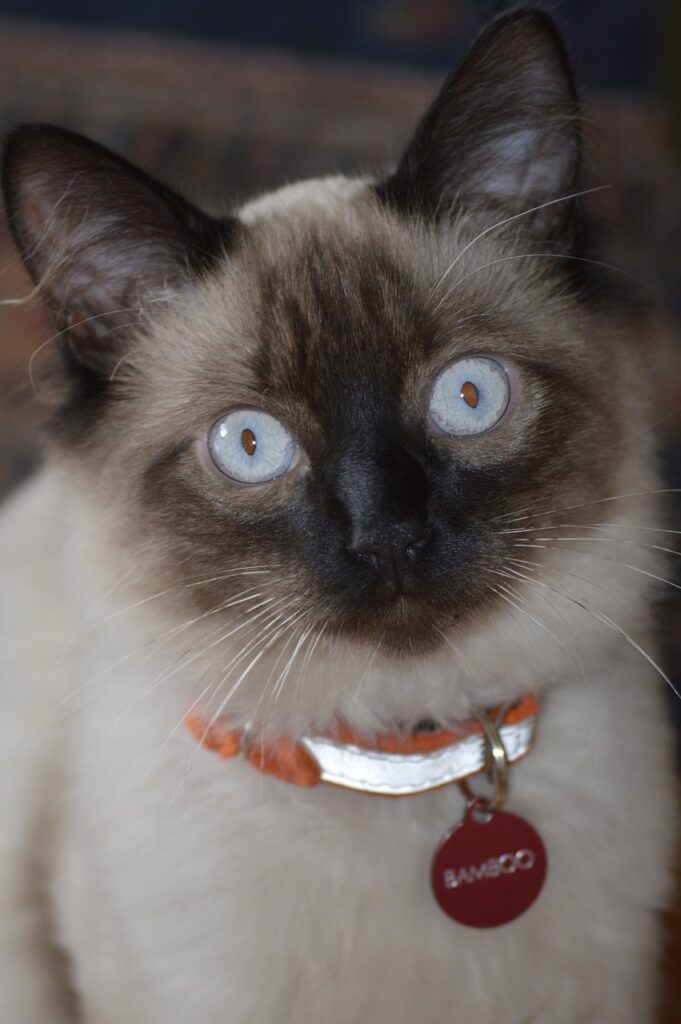
History of the Balinese cat
Surprisingly enough, the Balinese cat has existed since its closest relatives, the Siamese, developed into an independent breed. For decades, Siamese cats have been producing long-haired kittens, and even careful selection by breeders has not been able to completely eliminate this phenomenon. Of course, the “bad” Siamese had admirers among the breeders. Finally, in 1929, American clubs began to carefully register Balinese cats.
Breeders Marion Dorsey, Helen Smith, and Sylvia Holland pioneered the registration of the breed in the international cat systems. It cannot be said that the road to standardization was easy – the formation of a uniform exterior of Balinese cats became a real problem because in the middle of the twentieth century Siamese cats were very different. For example, for a long time, the breed existed in two equal types – individuals with round apple-shaped skulls and animals with elongated snouts. For some time, felinologists have been working to adapt the appearance of the Balinese to these two types. However, in 1958, the Siamese obtained a new appearance standard that only recognized animals with elongated heads as correct, so Balinese cat breeders had to “change shoes along the way.” In particular, a new type of Balinese was created, with a more pronounced resemblance to its Siamese relatives.
In 1970, the Balinese cat breed was recognized by the CFA and TICA system commissions. And the former allows only cats of chocolate, power, blue and purple point. Two years later, the Balinese was included in the list of FIFe specialists. Regarding the crossbreeding, for a long time it was allowed to breed Balinese cats only with Siamese cats. Then, an exception was made to the rule allowing the breed to cross with Orientals and Javanese. However, in 2013, the experiment was closed.
Balinese Cat Breed Standard
The Balinese and the Siamese share a lean body type, but are separated by the length of their coats. Ideally, the Balinese cat should have a well-developed musculature, and at the same time have a slender appearance and not be of soft build. This effect is achieved through the elongation of the limbs, neck and body, which gives the animal a perfect and aristocratic appearance.
Head
The shape of the Balinese cat’s head tends toward a tapered wedge that begins at the nose and ends at the ears. The skull is flat, flat in profile, without protuberance in the eye area and with a straight and continuous nose line. The tip of the chin is not oblique, the muzzle is clearly pointed.
Eyes
The shape of the eyes is classic, almond-shaped, with the inner corners slanted towards the nose. The eyeballs are not deeply set, but are not rolled up either. The iris is colored in light blue.
Ears
The large ears are a natural extension of the corner of the head. The base of the ears is very wide with pointed tips.
Body
The slender skeleton is covered with well-developed muscles, responsible for flexibility and graceful movements. The body of the Balinese cat is long and elegant. The shoulders and hips are straight and the belly is clean. The thighs should not be wider than the shoulder girdle.
Neck
The neck of the Balinese is elongated in length and very fine and graceful.
Legs
The legs are proportional and of good length, ending in small oval feet. The hind legs are necessarily higher than the front legs. Number of toes: Four on the hind legs, five on the front legs.
Tail
The tail of the Balinese is long and thin at the base, and has a pointed tip.
Coat
The Balinese cat’s satin “coat” has almost no undercoat. It appears to be shorter than it actually is, due to its tightness against the body. It is on the tail that the hair is the longest: the floating hairs of this part of the body form a beautiful puffy feather.
Color
The traditional color of the Balinese is the color of the point. The body of the animal has a solid tone, sometimes supplemented by subtle shades. As the cat ages, the body coloring may gradually darken. Point locations: muzzle (mask), ears, tail, paws, and feet. All point areas are uniformly and intensely colored and have the same color. Tipping of the points is unacceptable, as is the presence of blond hairs on the points. The mask covers the entire muzzle, including the pads of the vibrissae, and extends to the ear area in fine lines. The mask must not extend beyond the top of the head.
A Balinese will not be allowed to participate in a show if it has
- has a double coat with a pronounced undercoat;
- Eyes of any color other than blue;
- White toes or paws;
- Nasal obstruction, which forces the animal to breathe through the mouth;
- Number of toes not in accordance with the number of toes approved by the standard;
- Weak hind legs;
- Underdeveloped or excessively prominent chin forming a malocclusion;
- Bumps on the tail.
Emaciated and unhealthy animals are not allowed in the ring, so it is important to monitor the condition and general health of the animal.
The character of the Balinese cat
The Balinese is an ultra-communicative cat with a passion for making friends with people. Because of their insatiable desire to be present in their owners’ lives, they are often referred to as boomerangs – no matter where you leave them, you can be sure they will be sitting right next to you. “With a Balinese cat in the house, you won’t be ‘alone in bed. The purring cat will keep your master asleep all night long. Also, this is not the only acceptable option for Balinese cats, as it is possible to climb on the owner’s belly or back and even sneakily try to climb on his head.
Almost all Balinese cats are desperate playmates. They can chase a mouse, pull a claw, wrestle with a ball of wool – the entertainment program is invented by Balinese pranksters on the run and executed immediately. So there is no hurricane-like destruction in the apartment: the Balinese are moderately nervous but never go to such extremes as “flying” on the wardrobe or knocking over flower pots.
Intellectually, the Balinese cat is one of the most intelligent breeds and can develop entire strategies of behavior. To be more precise, he always knows when it is best to take a chop on the table and how to quietly open the kitchen cupboard whose contents are interesting (from the point of view of the cat). At the same time, pets are very good at understanding prohibitions and try to obey them. If a cat is not allowed to terrorize a hamster, the mustachioed brute will not be fined, but will quietly lick the rodent or scratch it with his paw at the first opportunity.
In general, the breed is friendly to wild animals – Balinese cats do not fight with tribesmen and do not share spheres of influence with dogs. Cats show their attachment to people in different ways, as the division of family members into “pet” and “to be tolerated” is very well developed in the purrs. It is easy to guess which of the Balinese family members loves the most. This is the companion that the cat will faithfully wait for from work, strutting out the door while the object of his worship lies behind.
In their moments of relaxation, Balinese cats do not hesitate to whisper with their masters. They like to play their cat’s “purr” by sitting on their owner’s lap and quietly vibrating in rhythm with their whole body. Sometimes the sound is turned up loud – especially when the cat is begging or excited. By the way, it is one of the few breeds that does not get attached to its home, but to its inhabitants. So you can take the Balinese on your trip around the world or move: the most important thing for a cat is to have someone he loves by his side.
Education and training
The high intelligence of the breed makes training very easy. Balinese are quickly socialized and adapt easily to new living conditions, and are very good at learning new things. Experienced breeders recommend talking to the kitten as much as possible and explaining what to do – this approach works much better than dry commands. Speaking of commands: Balinese are so smart that they can recognize the meaning of more complex calls than the common “kitty-kitty”. For example, almost all pets know their own name and respond to it. In addition, some cats are able to remember up to three different names and respond to each of them, which is considered almost unique.
Balinese cats are docile and willingly absorb information presented by their owners. It is easy to learn humorous tricks and play sports with them. In particular, the breed does well in feline agility, which is perceived as a fun game. So, if you have a pet with a defect that does not allow registration in breed shows, these competitions will be an excellent alternative to performances in the ring, as they can participate not only in breed and show animals, but also in any healthy cat.
Balinese are great psychologists and can read the emotions of their owners, so their behavior is easier to correct. For example, cats quickly get used to all kinds of restrictions and try to follow them as much as possible. For this reason, it is unnecessary to use harsh punishments on the Balinese furry. It is better to take the four-legged brute for a scare. The cat climbed on the table, snuck into a corner and sprayed him with water from a spray bottle. When a Balinese cat comes in contact with your favorite chair, spray lemon or orange essential oil on the fabric to disgust the cat with the smell.
Always consider the traits and habits of the breed when training your kitten. For example, if she goes into the litter box on the wrong side of the road, don’t punish her, but check first. Balinese cats are perfectionists when it comes to cleanliness and will not go to the bathroom with a stale litter box a second time. There’s no point in scolding or trying to train him, so clean the litter box after every “outing” or give up the dream of owning a Balinese.
Accommodation and care
Balinese people love the heat and catch colds easily. Therefore, place the bed in a part of the apartment least exposed to drafts. During the cold seasons, it is best not to leave the cat outside, but in the spring and summer, it is best not to refuse, especially since the breed accepts the harness well. And please, no free walking – the protective instincts of the decorative Balinese are attenuated so that in case of force majeure, the animal will be disoriented and most likely die.
Hygiene
The Balinese cat’s long coat requires regular but easy care. Due to the lack of an undercoat, the coat does not fall out and does not tangle. At the same time, seasonal shedding is inevitable, so when spring and fall arrive, you’ll need to brush their coat daily. Otherwise, a preventive brushing once or twice a week will suffice. Wash the Balinese as needed, approximately every three to six months. The breed is wary of any water “attraction”, so it is likely that another person will need to be involved in the process. Drying is best done with a towel: a hairdryer will dry out the Balinese’s soft coat, making its structure coarse.
The breed’s teeth and mouth are considered its weak points, so it is essential to keep them clean. It is best to brush every 2-3 days. If he’s pressed for time or resists, try to give him time to have his mouth cleaned at least once a week. Keep your cat’s eyes and ears clean. The procedure here is standard: use drops or special powder and cotton swabs for ear cleaning; use a clean, lint-free cloth for eye cleaning and calendula lotion, weak manganese solution, chamomile broth, saline or chlorhexidine at the 0.01% concentration you prefer. If the eyes look healthy and only dry scabs need to be removed, boiled or distilled water and clean cloth will suffice.
Twice a month, you should trim your Balinese cat’s nails. Only trim the edge of the claw to avoid touching a blood vessel inside. It is also important to keep an eye on the condition of the nail plate. If a nail starts to peel off, it may be due to a poorly done “pedicure” or lack of vitamins. If this happens, try to take your cat to the veterinarian so that he or she can identify the cause and prescribe an appropriate vitamin and mineral supplement.
Diet
Balinese cats are not gluttons, although they do have their own eating habits. Their diet can be based on natural products or dry industrial food, at the owner’s discretion. However, in the first case, the menu will have to be “refined” additionally with vitamin complexes. The main product in the Balinese bowl is lean meat. Its share in the animal’s daily diet should be at least 60%. Cereals make up 30% of the diet, and only 10% goes to vegetables. Foods that should not be given to a Balinese cat:
- Potatoes, tomatoes and pulses ;
- All sweets and confectionery;
- Cooked meats, smoked meats, and sausages;
- Grapes;
- freshwater fish;
- Fish and meat bones;
- mushrooms, nuts;
- Onions and garlic.
Balinese kittens up to six months of age should eat four times a day. From six months to one year of age (exceptionally up to one and a half years), animals are fed three meals a day. The transition to two meals a day is made at 12 months, when the cat is considered an adult, but provided that it has reached the necessary body condition (cat – from 4 kg, cat – from 2.5 kg).
Balinese health and diseases
As a legacy of the Siamese, Balinese cats have received their diseases. For example, some lines of the breed have a predisposition to amyloidosis – disorders of protein metabolism in the body, often resulting in liver damage. Sometimes the adrenal glands, spleen, stomach, and pancreas can be affected by amyloidosis.
In recent decades, many Balinese have been born with Siamese squint syndrome. This defect was difficult to correct because the gene responsible for this defect was activated by the color of the dot, which in turn was a trademark of the breed. Today, the problem has been solved and kittens with strabismus are rarely born.
In some individuals, dilated cardiomyopathy, characterized by reduced systolic myocardial function, may occur. Often, lack of taurine in the diet becomes the trigger for this condition, so a properly adjusted menu for the Balinese is not a whim but a vital necessity.
How to choose a kitten
- Before visiting a breeder, find out if his cattery is registered with TICA or CFA, so you can be sure of a quality litter.
- Carefully examine the kitten to see if it has undercoat. If it does, it is a major defect that will prevent it from showing.
- Ask the seller to show you the entire litter, so you can get to know the kittens. See how Balinese cats react to strangers, and whether they want to make contact or hide.
- Do not contact a breeder who tries to sell kittens under 2.5 months of age. This means that the seller is not interested in the fate of the offspring and saves on mandatory veterinary procedures (vaccination, dehelminthization).
- Specify how many times a year a Balinese cat gives birth to a kitten you are considering taking a kitten from. According to European club requirements, a cat should not give birth more than three times in two years.
- Take the pedigree of the babies very seriously. In Russia, the number of purebred Balinese is low and mating with foreign breeders is very expensive, which leads unscrupulous breeders to resort to inbreeding (near inbreeding) more often than necessary.

